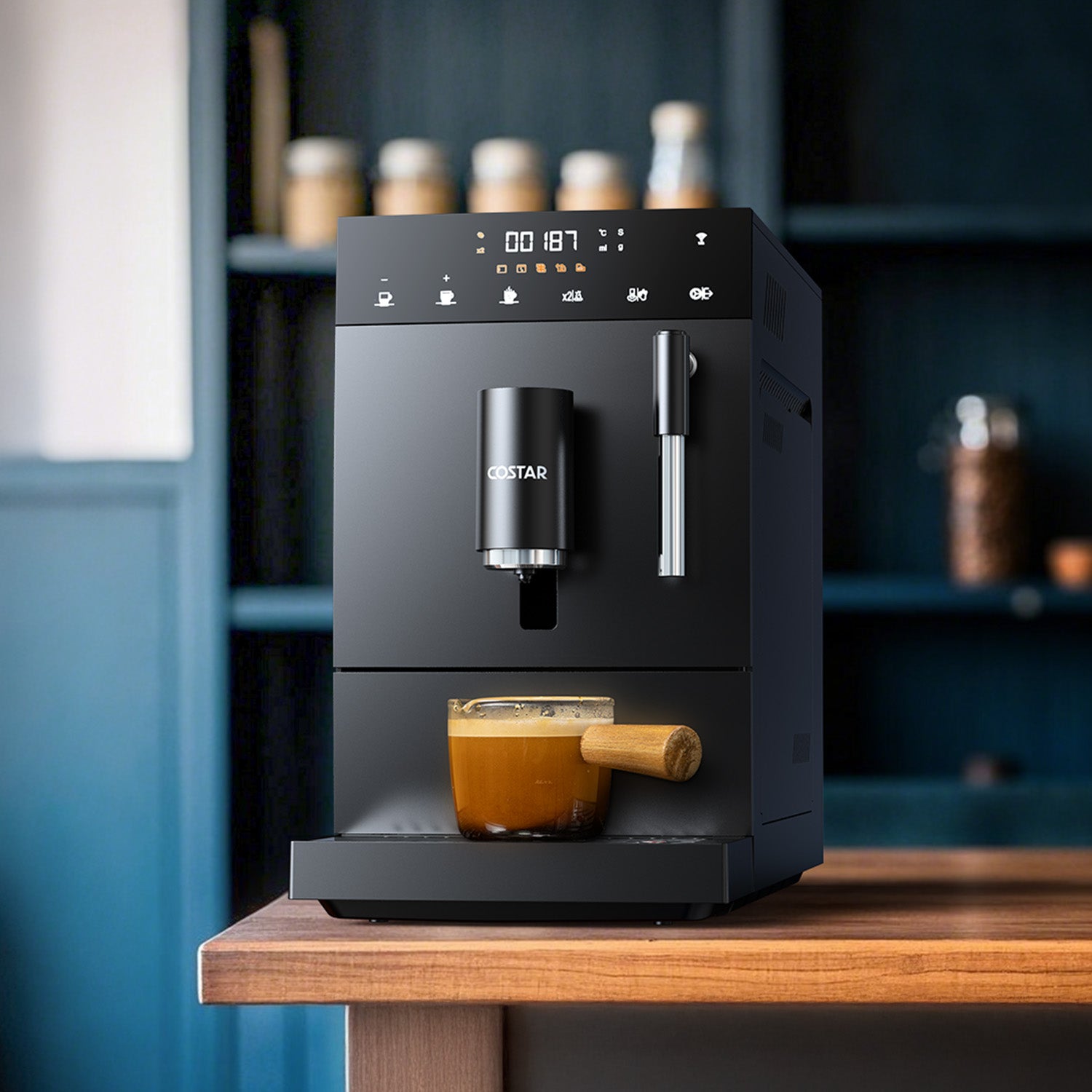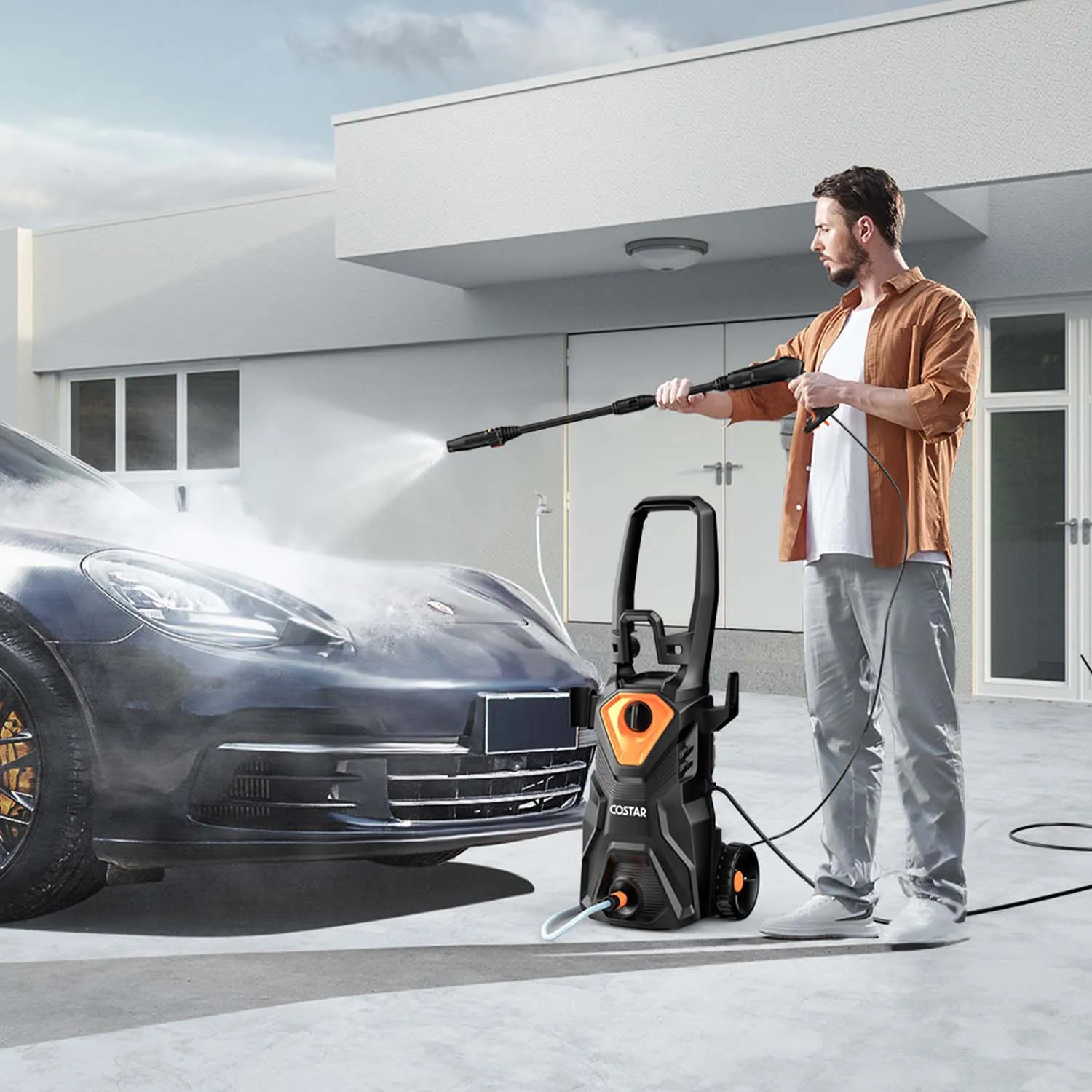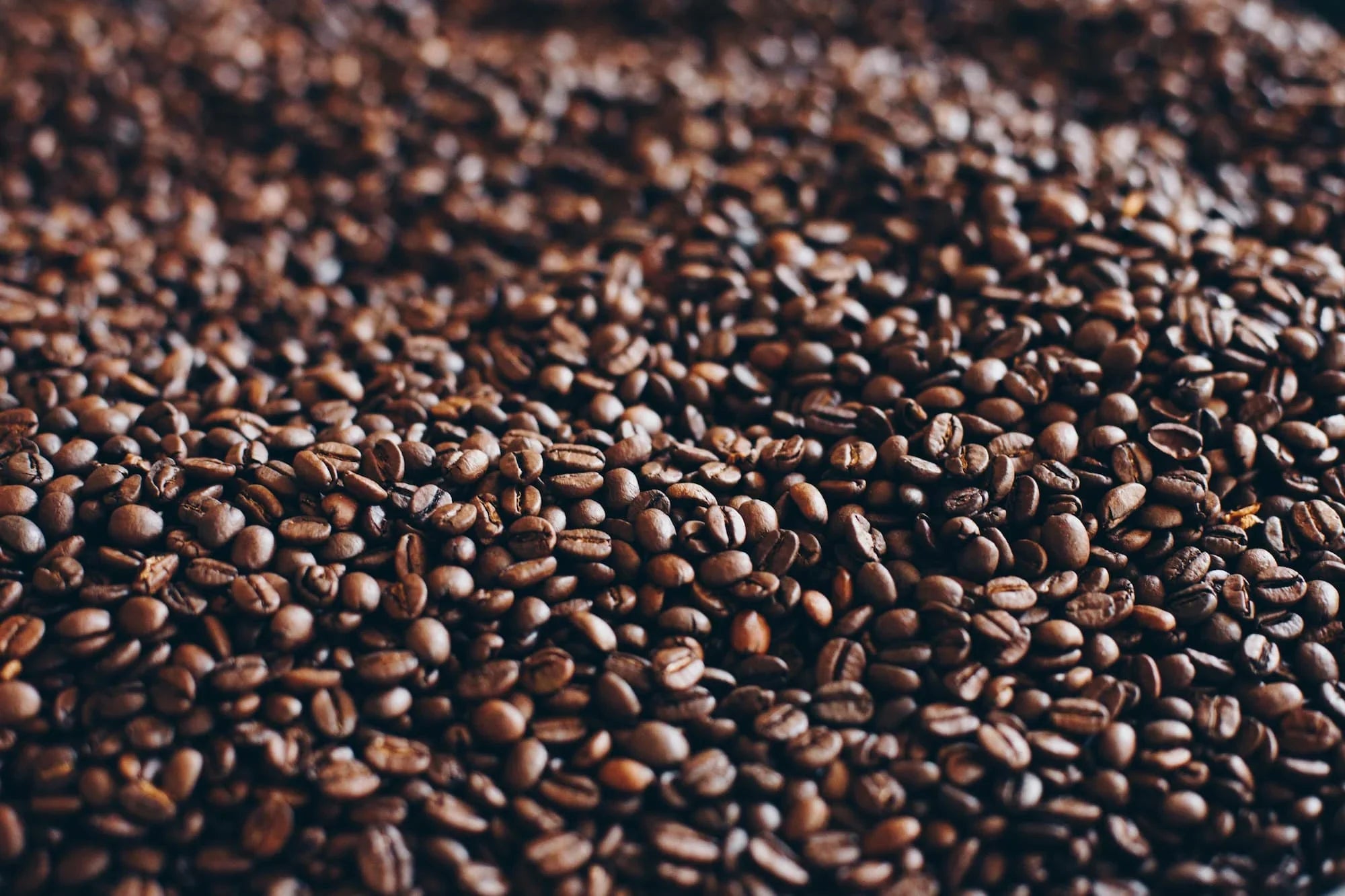 Introduction: Balancing Simplicity and Technical Knowledge
Introduction: Balancing Simplicity and Technical Knowledge
This guide explains key features and factors Indian consumers should consider, with the right balance of easy-to-understand information and useful technical details.
Core Espresso Science
Pressure Systems
Standard Range: 15-19 Bar (approximately twice the pressure in car tires).
Why It Matters: This pressure mixes oils and captures CO₂, forming the characteristic crema (golden foam layer containing key flavor compounds).
Avoid: Uncontrolled pressure exceeding 20Bar causes over-extraction of bitter phenolic acids.
Temperature Control
Optimal Range: 92-96°C for balanced flavor extraction.
Technology Explained: PID controllers maintain temperature within ±1°C—critical in India's voltage-fluctuating regions like Delhi and Bangalore.
Practical Test: Quality machines reach operating temperature within 30 seconds of startup.
Grind Size Adjustment
Standard Setting: Medium-fine (0.5-0.8mm) for most Indian beans.
Impact: Grind size directly controls water flow rate:
• Too coarse (sand-like) → under-extraction → sourness
• Too fine (flour-like) → over-extraction → bitterness

Key Machine Features
Heat Management Systems
• Single Boiler: Basic models alternating between brewing and steaming—suitable for occasional use.
• Heat Exchange: Allows simultaneous brewing and steaming—ideal for milk-based drinks.
Types of Espresso Machines
Semi-Automatic
• Operation: User controls grinding, tamping, and milk frothing; machine regulates extraction time.
• Best For: Enthusiasts learning brewing fundamentals.
Fully Automatic
• Key Feature: Bean-to-cup automation with integrated grinders and milk systems.
• Advanced Options: Pre-infusion (gentle water pulse to expand grounds for uniform extraction).

India-Specific Buying Considerations
Water Quality Management
• Hard Water Impact: Limescale buildup reduces heating efficiency by 20% within 6 months.
• Solutions:
1. Test water with TDS meter (₹300-500)
2. Use inline water filters for machines without built-in systems
Voltage and Power
• Minimum requirement: 230V with surge protection.
• Best choice: Machines with wide voltage design (170-270V) to handle power fluctuations in tier-2 cities.

2025 Recommended Models
Budget Option: CostarCosmos Master 2 Plus (₹8,999)
Technical Specifications:
• 15Bar pump with pressure regulation
• 5-level conical burr grinder
• 1-year warranty with service centers in 12 Indian cities
Mid-Range Option: Philips 3200 Series (₹18,990)
Key Features:
• 19Bar pump pressure with PID temperature control
• Ceramic grinder to reduce heat damage to beans
• One-touch cappuccino function
• Energy-saving auto-off after 9 minutes
Premium Option: De'Longhi Magnifica (₹32,500)
Advanced Capabilities:
• Bean-to-cup automation with 13 programmable drinks
• Silent grinding technology (<55dB operation)
• Removable brew unit for easy cleaning
• Dual heating system for simultaneous brewing and steaming
Maintenance Essentials
Regular cleaning is crucial for machine longevity. Learn proper techniques in our companion guide: Espresso Machine Maintenance for Indian Conditions.
Conclusion
For most Indian households, the CostarCosmos Master 2 Plus offers the best value with its local service network and important features. For those wanting convenience, the Philips 3200 is a strong choice, while serious coffee lovers may prefer the professional-grade De'Longhi Magnifica.
Industry data sourced from Statista's 2024 India Coffee Appliance Market Report.






Leave a comment
All comments are moderated before being published.
This site is protected by hCaptcha and the hCaptcha Privacy Policy and Terms of Service apply.